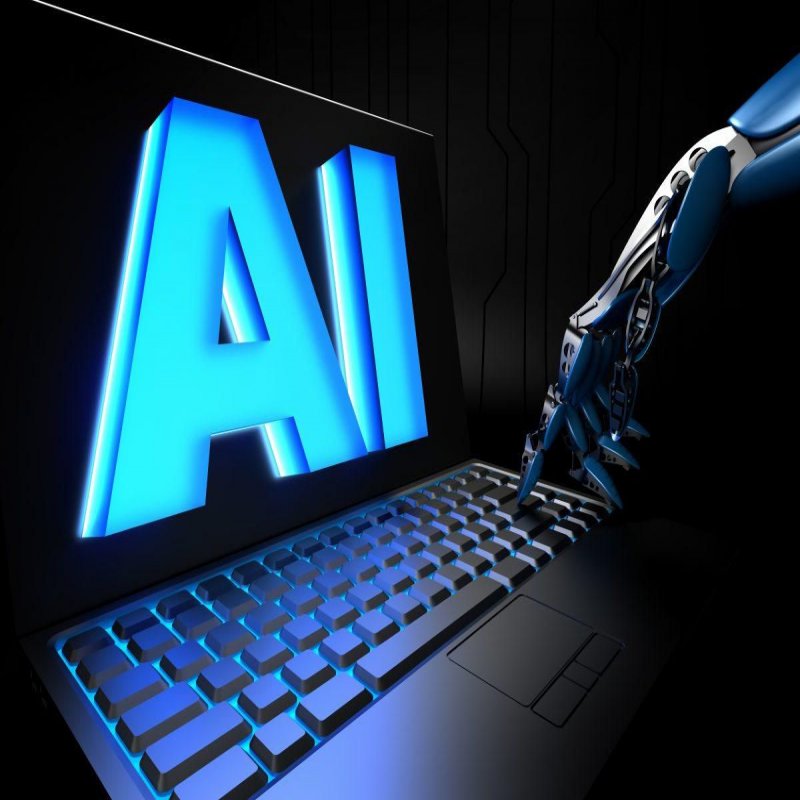
Artificial Intelligence:
Artificial Intelligence (AI) is a rapidly advancing technology, made possible by the Internet, that may soon have significant impacts on our everyday lives. AI traditionally refers to an artificial creation of human-like intelligence that can learn, reason, plan, perceive, or process natural language. These traits allow AI to bring immense socioeconomic opportunities, while also posing ethical and socio-economic challenges.
As AI is an Internet enabled technology, the Internet Society recognizes that understanding the opportunities and challenges associated with AI is critical to developing an Internet that people can trust. This policy paper offers a look at key considerations regarding AI, including a set of guiding principles and recommendations to help those involved in policy making make sound decisions. Of specific focus is machine learning, a particular approach to AI and the driving force behind recent developments. Instead of programming the computer every step of the way, machine learning makes use of learning algorithms that make inferences from data to learn new tasks.
As machine learning is used more often in products and services, there are some significant considerations when it comes to users’ trust in the Internet. Several issues must be considered when addressing AI, including, socio-economic impacts; issues of transparency, bias, and accountability; new uses for data, considerations of security and safety, ethical issues; and, how AI facilitates the creation of new ecosystems. At the same time, in this complex field, there are specific challenges facing AI, which include: a lack of transparency and interpretability in decision-making; issues of data quality and potential bias; safety and security implications; considerations regarding accountability; and, its potentially disruptive impacts on social and economic structures. In evaluating the different considerations and understanding the various challenges, the Internet Society has developed a set of principles and recommendations in reference to what we believe are the core “abilities” that underpin the value the Internet provides. While the deployment of AI in Internet based services is not new, the current trend points to AI as an increasingly important factor in the Internet’s future development and use. As such, these guiding principles and recommendations are a first attempt to guide the debate going forward. They include: ethical considerations in deployment and design; ensuring the “Interpretability” of AI systems; empowering the consumer; responsibility in the deployment of AI systems; ensuring accountability; and, creating a social and economic environment that is formed through the open participation of different stakeholders.
Introduction Artificial intelligence (AI) is the simulation of human intelligence processes by machines, especially computer systems. Specific applications of AI include expert systems, natural language processing (NLP), speech recognition and machine vision. AI programming focuses on three cognitive skills: learning, reasoning and self-correction. Learning processes. This aspect of AI programming focuses on acquiring data and creating rules for how to turn the data into actionable information. The rules, which are called algorithms, provide computing devices with step-by-step instructions for how to complete a specific task. Reasoning processes. This aspect of AI programming focuses on choosing the right algorithm to reach a desired outcome. Self-correction processes. This aspect of AI programming is designed to continually fine-tune algorithms and ensure they provide the most accurate results possible. Advantages and disadvantages of artificial intelligence Artificial neural networks and deep learning artificial intelligence technologies are quickly evolving, primarily because AI processes large amounts of data much faster and makes predictions more accurately than humanly possible. While the huge volume of data being created on a daily basis would bury a human researcher, AI applications that use machine learning can take that data and quickly turn it into actionable information.
As of this writing, the primary disadvantage of using AI is that it is expensive to process the large amounts of data that AI programming requires. Strong AI vs. weak AI AI can be categorized as either weak or strong. Weak AI, also known as narrow AI, is an AI system that is designed and trained to complete a specific task. Industrial robots and virtual personal assistants, such as Apple's Siri, use weak AI. Strong AI, also known as artificial general intelligence (AGI), describes programming that can replicate the cognitive abilities of the human brain. When presented with an unfamiliar task, a strong AI system can use fuzzy logic to apply knowledge from one domain to another and find a solution autonomously. In theory, a strong AI program should be able to pass both a Turing test and the Chinese room test. Augmented intelligence vs. artificial intelligence Some industry experts believe the term artificial intelligence is too closely linked to popular culture, and this has caused the general public to have improbable expectations about how AI will change the workplace and life in general. Some researchers and marketers hope the label augmented intelligence, which has a more neutral connotation, will help people understand that most implementations of AI will be weak and simply improve products and services.
The concept of the technological singularity -- a future ruled by an artificial superintelligence that far surpasses the human brain's ability to understand it or how it is shaping our reality -- remains within the realm of science fiction. Ethical use of artificial intelligence While AI tools present a range of new functionality for businesses, the use of artificial intelligence also raises ethical questions because, for better or worse, an AI system will reinforce what it has already learned. This can be problematic because machine learning algorithms, which underpin many of the most advanced AI tools, are only as smart as the data they are given in training. Because a human being selects what data is used to train an AI program, the potential for machine learning bias is inherent and must be monitored closely. Anyone looking to use machine learning as part of real-world, in-production systems needs to factor ethics into their AI training processes and strive to avoid bias. This is especially true when using AI algorithms that are inherently unexplainable in deep learning and generative adversarial network (GAN) applications. Explainability is a potential stumbling block to using AI in industries that operate under strict regulatory compliance requirements. For example, financial institutions in the United States operate under regulations that require them to explain their credit-issuing decisions. When a decision to refuse credit is made by AI programming, however, it can be difficult to explain how the decision was arrived at because the AI tools used to make such decisions operate by teasing out subtle correlations between thousands of variables. When the decision-making process cannot be explained, the program may be referred to as black box AI. Components of AI As the hype around AI has accelerated, vendors have been scrambling to promote how their products and services use AI. Often what they refer to as AI is simply one component of AI, such as machine learning. AI requires a foundation of specialized hardware and software for writing and training machine learning algorithms. No one programming language is synonymous with AI, but a few, including Python, R and Java, are popular.
Let's Connect!
We're eager to hear from you. Whether it's a query or feedback, our friendly support team is here to assist. Don't hesitate to get in touch.
Contact Us
Address
Plot number 45, Fulmati Layout, BabulKheda, Badil Kheda, near Ramteke Nagar Hanuman Mandir, Nagpur, Maharashtra 440027Phone Number
Your message has been sent. Thank you!
